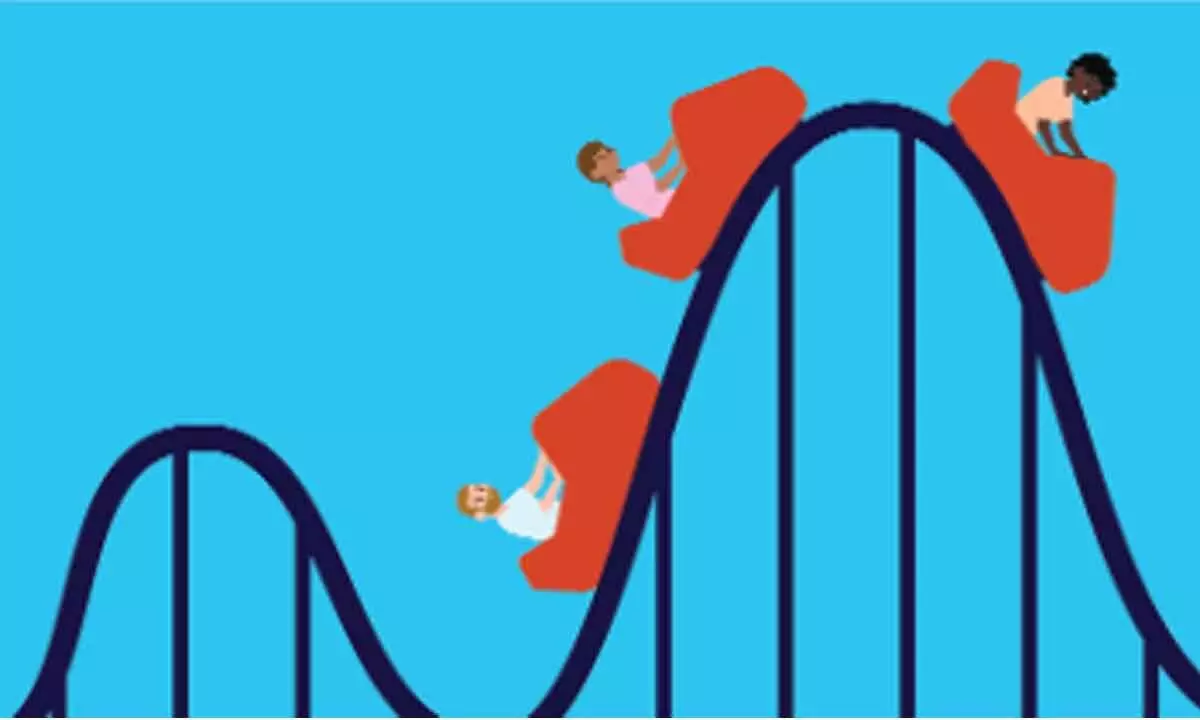It looks like 2022 recession going to be unique one on many fronts

There’s misalignment between traditional signs of recession and 2022’s recession
2022 recession is looking like a most unique one we've ever seen. Though, two recessions are not alike,some traditional signs of an economic slowdown are already upon us. US GDP has shrunk for two quarters in a row. Meanwhile, homebuilding activity has plummeted while consumer confidence is at its lowest point since the pandemic erupted.
Robust labour market
In most recessions, economic output, and employment decline simultaneously. Lower revenue compels businesses to cut back on staff, which leads to higher unemployment. Ultimately, higher unemployment leads to lower consumer spending and that creates a vicious cycle.
In 2022, however, unemployment is still at a record low. The official unemployment rate in July was 3.5 per cent – matching a 50-year low reached just before the pandemic. A robust job market is 'historically unusual' during a recession, according to economists at Goldman Sachs. This unusually strong job market could be deriving strength from another unusual source: corporate financial strength.
Companies are cash-rich
Corporations see a decline in sales and earnings during recessions. That process may have already started. However, US corporations are sustaining profits and sitting on an immense cash hoard going into this recession.
The average UScorporation's after-tax profit margin is around 16 per cent right now. In traditional recessions, this rate drops down to single digits. Meanwhile, these corporations are collectively sitting on over $4 trillion in cash. That's a record level and highly unusual for a recessionary environment.
Companies may have raised these funds during the era of easy money and low-interest rates over the past decade. Now, this cash is acting as a buffer and could allow companies to retain staff despite the economic slowdown.
Rates are rising
In most recessions, the central bank cuts interest rates and adds more money to the economy to stabilize it. In 2022, however, the Fed has been aggressively raising rates to curb inflation. Considering the strength of the job market and corporate balance sheets, the central bank may have more reasons to keep raising rates.
What comes next?
The two things must happen to resolve this misalignment: either the economy recovers swiftly, ending the recession, or the economy keeps dipping, compelling employers to cut jobs. These two scenarios could potentially be the 'soft landing' and 'hard landing.' Investors need to keep an eye on all indicators to see which scenario is playing out because the impact could be severe. This could be an ideal time to bet on beaten-down growth and tech stocks if a soft landing occurs. However, in a hard landing investor may need to take refuge in asset-backed defensive stocks like healthcare companies and real estate investment trusts. In either case, 2022 is shaping up to be an interesting year for investors.
Major output loss in 2023
The global output would have risen 23 per cent since 2016 had the pandemic not happened. Now, however, it is projected to grow only 17 per cent. The global slowdown will leave real GDP still below its pre-pandemic trend and is expected to cost the world more than $17 trillion, which is nearly 20 per cent of the world's income.
Russia, Indonesia, India, the UK and Germany are among the countries that may contribute the most to this global output loss, a United Nations Conference on Trade and Development (UNCTAD) report observed.
While India may bear an output loss of 7.8 per cent in 2023, the Euro area is expected to lose 5.1 per cent, China 5.7 per cent, the U.K. 6.8 per cent, and Russia may bear 12.6 per cent output loss. Rising interest rates, weakening of currencies, mounting public debt and all these factors raising food and fuel prices have introduced uncertainty in the global markets.
Rising interest rates to arrest inflation
A new World Bank study shows that central banks across the globe raising interest rates to curb inflation may not be a good idea.This may lead to various financial crises along with the recession.
"Global growth is slowing sharply, with further slowing likely as more countries fall into recession. My deep concern is that these trends will persist, with long-lasting consequences that are devastating for people in emerging markets and developing economies," said World Bank Group President David Malpass.
Mounting public debt
The International Monetary Fund (IMF) has pointed to the possibility of a recession next year as well. IMF's MD Kristalina Georgieva said earlier this week that the world economic growth may be lower by $4 trillion through 2026. Things are more likely to get worse before they get better, she added.
While all regions are expected to be affected, alarm bells are ringing the loudest for developing countries, many of which are edging closer to debt default. Lower-income and lower-middle-income countries are spending more money to service their public debt. Somalia, Sri Lanka, Angola, Gabon, and Laos are the countries with the highest proportion of revenue required to service their public debt.
Weakening currencies
In an effort to cushion weakening currencies, developing countries have spent nearly $379 billion of their reserves, which is nearly double the amount of new Special Drawing Rights (SDR) by the IMF. The value of an SDR is based on a basket of the world's five leading currencies: the US dollar, euro, yuan, yen and the UK pound.
It is estimated that the interest rate hikes by advanced economies are hitting the most vulnerable hardest. Almost 90 developing countries have seen their currencies weaken against the dollar this year - over a third of them by more than 10 per cent, the UNCTAD noted.
Costly food and fuel
Food and energy are two factors that directly affect the lives of common people. The year 2022 has seen a dramatic rise in food and fuel prices. While the food price index rose to a lifetime high of 125.7 in 2021 and further to 146.94 by September 2022, the Indian basket of crude oil prices averaged $102.14 a barrel from April-October 2022.The price of the Indian basket of crude oil was $79.18 a barrel in 2021-22 and $44.82 a barrel in the previous financial year.



















